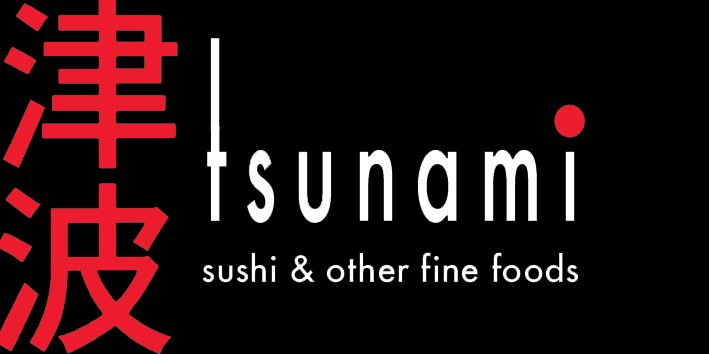Aramasa Shuzo in Akita, Japan
Aramasa is a famous and popular shuzo in Japan. It is the birthplace of the well known ‘Number 6’ yeast which has special taste profiles and is very well known in Japan. It’s stock is extremely limited and hard to get. We wondered why. So we met up with our friend Hajiime san the famous porcelain artist and childhood friend of Aramasa president Yusuke Sato and visited the shuzo to see what they were doing.
Aramasa is certainly not normal. For a start they say all their sake is ‘junmai’ not junmai ginjo or junmai daiginjo etc. They think that seimaibuai (“say-my-boo-eye”) aka the polishing rate, is not the be all and end all of sake. They simply mean that there’s more to it.
I said “do you pound the rice mixture with poles?” and he repied “no”. He said that their research found that the earliest form of kimoto did not use poles. It was all about the moto and shubo process. (We’ll try to put up some video later of him explaining it).
They are also experimenting with an old form of sake making using wooden barrels (in fact all sake used to be made this way). It leaves a distinctive wood taste using wood that is up to 200 years old. It is not used often nowadays as the wood flavour rather overpowers the taste of the sake. In fact one of the great milestones of sake production is when they dispensed with oak in the 19th century and the more subtle flavours of nihonshu shone through. When they varied the sake making techniques from then on a much more wide gamut of nuances and aftertastes were made available.
We were also allowed to view the tanks in the varied stages of fermentation. Typically after adding the mash it is allowed to rest (or ferment) and then a second lot is added with a rest day after that for a total of about 3 times. It s amazing the change in the texture. It goes from a mixture that reminded us of rice and water that looks like watery milk, to a slightly frothy stage to a full on stage with bubbles coming up all the time to a stage where there are buubles and everything on the top like a ‘crud’ but you don’t see any more activity because the layer is so think that it hides what’s going on underneath. It’s a truly amazing thing to watch.
We learnt many things that day. Their rice milling machine in housed in a special room and is kept immaculately spotless. We tasted the full range of their product which is a privilege indeed as it is so hard to come by.
All in all we enjoyed our time there immensely. Sato San is a brilliant and extremely dedicated sake professional. (His IQ is immense – he graduated top of his class at Tokyo university a brilliant mind indeed and one that is being used to further the advances of nihonshu at the top end of its field).
